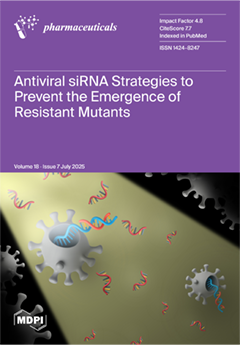Background: Depression, a major global health issue, is commonly treated with selective serotonin reuptake inhibitors (SSRIs). Given the link between depression and inflammation, nonsteroidal anti-inflammatory drugs (NSAIDs) may have adjunctive benefits. Clinically, SSRIs and NSAIDs are often co-prescribed for comorbid pain or inflammatory conditions. However, both drug classes pose risks of adverse effects, and their interaction may lead to clinically significant drug–drug interactions.
Objectives: This study analyzed FDA Adverse Event Reporting System (FAERS) data (2004–2024) to assess gastrointestinal bleeding, thrombocytopenia, and acute kidney injury (AKI) potential risks linked to SSRIs (citalopram, escitalopram, fluoxetine, paroxetine, fluvoxamine, and sertraline) and NSAIDs (propionic/acetic/enolic acid derivatives, COX-2 inhibitors) in depression patients, alone and combined.
Methods: Disproportionality analysis (crude reporting odds ratios, cROR) identified possible associations; drug interactions were evaluated using Ω shrinkage, additive, multiplicative, and combination risk ratio (CRR) models.
Results: Gastrointestinal bleeding risk was potentially elevated with citalopram (cROR = 2.81), escitalopram (2.27), paroxetine (2.17), fluvoxamine (3.58), sertraline (1.69), and propionic acid NSAIDs (3.17). Thrombocytopenia showed a potential correlation with fluoxetine (2.11) and paroxetine (2.68). AKI risk may be increased with citalopram (1.39), escitalopram (1.36), fluvoxamine (3.24), and COX-2 inhibitors (2.24). DDI signal analysis suggested that citalopram in combination with propionic acid derivatives (additive model = 0.01, multiplicative model = 1.14, and CRR = 3.13) might increase the risk of bleeding. Paroxetine combined with NSAIDs (additive model = 0.014, multiplicative model = 2.65, and CRR = 2.99) could potentially increase the risk of thrombocytopenia. Sertraline combined with NSAIDs (Ω
025 = 0.94, multiplicative model = 2.14) might be associated with an increasing risk of AKI. Citalopram combined with propionic acid derivatives (Ω
025 = 1.08, multiplicative model = 2.17, and CRR = 2.42) could be associated with an increased risk of acute kidney injury.
Conclusions: Certain combinations of SSRIs and NSAIDs might further elevate these risks of gastrointestinal bleeding, thrombocytopenia, and acute kidney injury in patients with depression. Given the potential drug–drug interactions, heightened clinical vigilance is advised when prescribing SSRIs and NSAIDs in combination to patients with depression.
Full article






